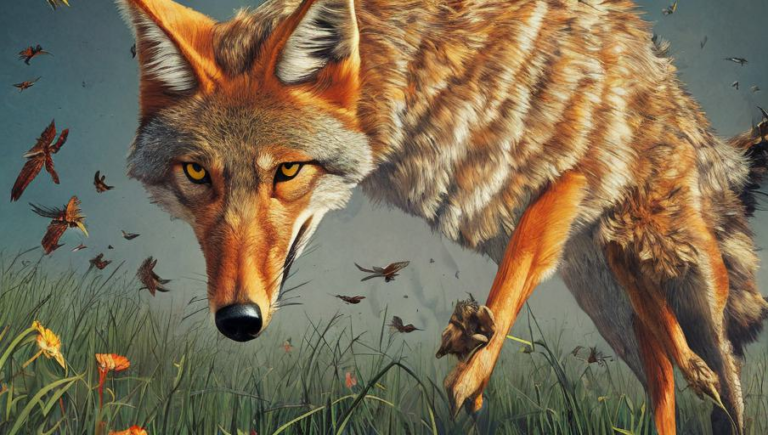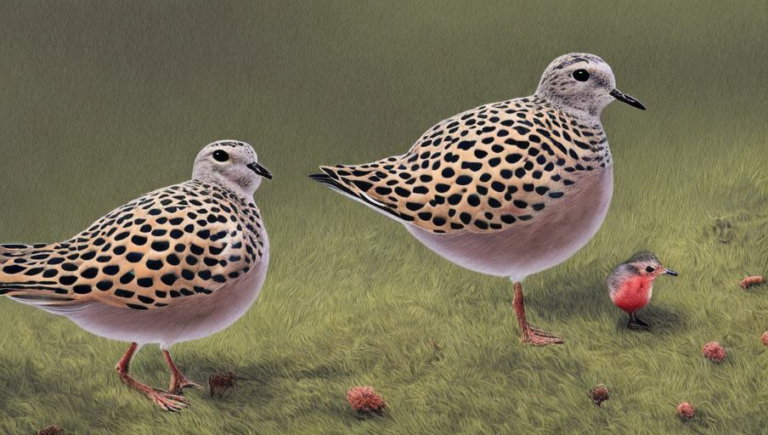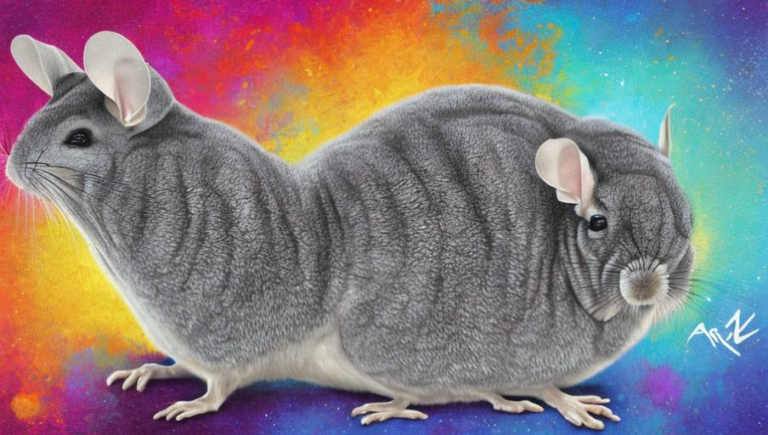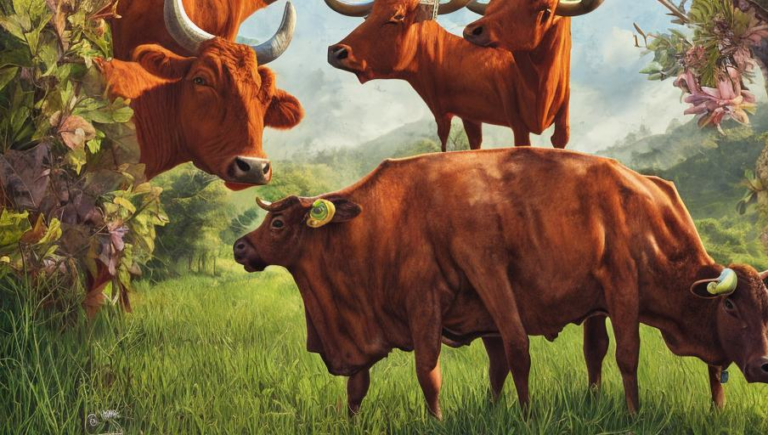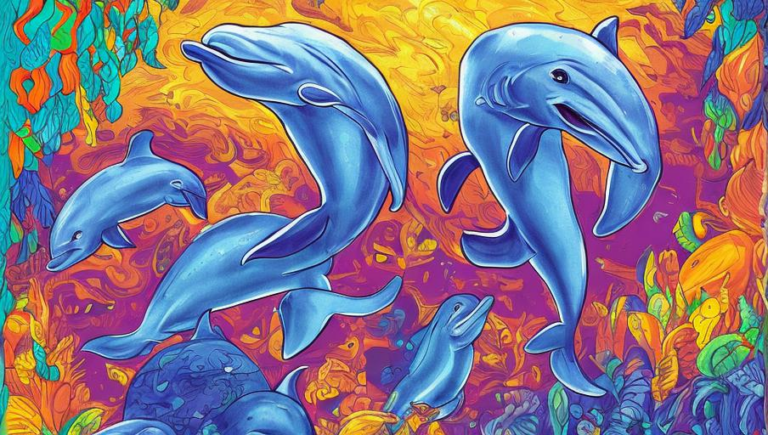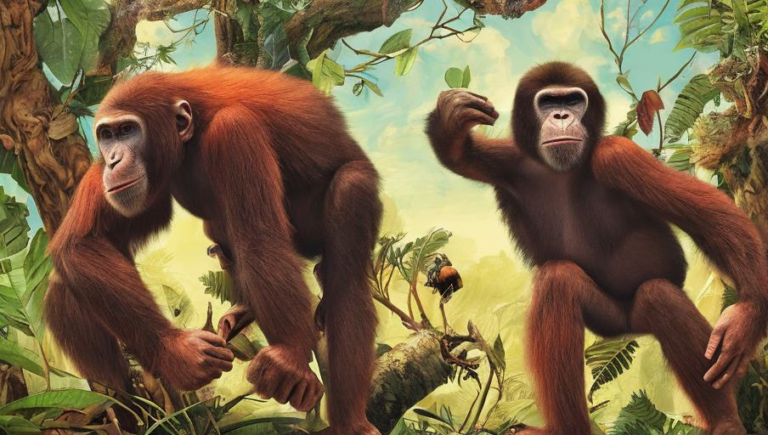Volatile Threats: Human Impact on the Capybara’s Environment
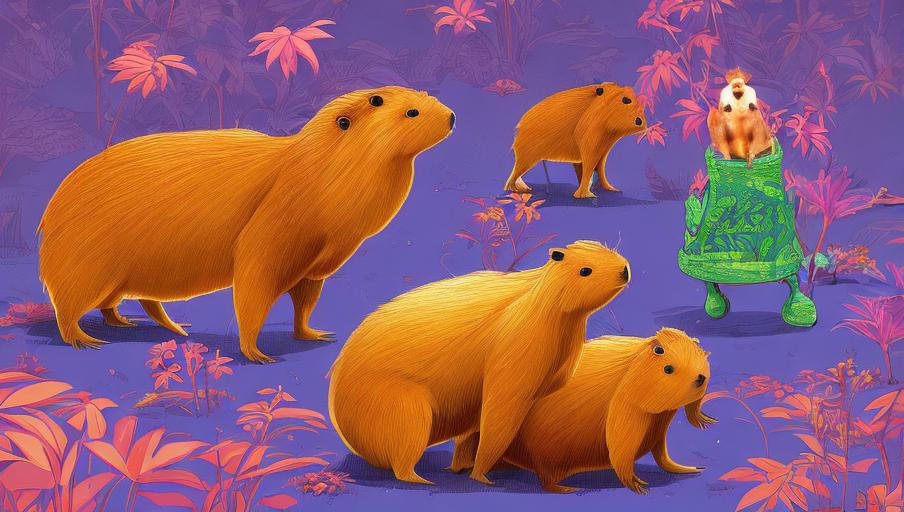
Introduction
The capybara (Hydrochoerus hydrochaeris) is a giant rodent native to Central and South America. It is the largest living rodent in the world, and is often referred to as the “water pig” due to its habit of living close to rivers and lakes. Capybaras are semi-aquatic animals that are highly social and have complex social structures. They have been kept as pets in some places, and are also hunted for their meat and fur.
Habitat Loss
Capybaras are facing several threats from human activities, the most pressing of which is habitat loss. In recent years, their natural habitats have been increasingly fragmented by the construction of roads, dams, and other infrastructure. This has led to the loss of the capybara’s preferred aquatic habitats, and has made it difficult for the species to survive in its natural environment. Furthermore, capybaras are often killed when they cross roads or are hunted for their meat.
Pollution and Climate Change
In addition to habitat loss, capybaras are also facing the threat of pollution. As their habitats are increasingly degraded by human activities, they are exposed to a variety of pollutants such as agricultural runoff, industrial chemicals, and sewage. These pollutants can have a significant impact on the health of capybaras and their habitats, as they can cause a variety of health issues and can disrupt their natural behavior. Furthermore, climate change is also having a negative impact on the species, as it is leading to extreme weather events and rising sea levels that can be damaging to their habitats.
Conservation Efforts
Fortunately, there are several efforts underway to protect capybaras and their habitats. In some countries, such as Brazil, there are laws in place to protect the species from hunting and habitat destruction. Furthermore, there are a number of projects and programs dedicated to researching and monitoring the capybara population, as well as protecting their habitats from further damage. Additionally, there are several organizations and individuals dedicated to protecting the species and advocating for their rights.
Conclusion
The capybara is an iconic species that is facing a number of threats from human activities. Habitat loss, pollution, and climate change are all having a significant impact on the species, and without proper conservation efforts, their numbers could continue to decline. Fortunately, there are a number of organizations and individuals dedicated to protecting the species, and with the right support, the capybara can continue to thrive in its natural environment.
